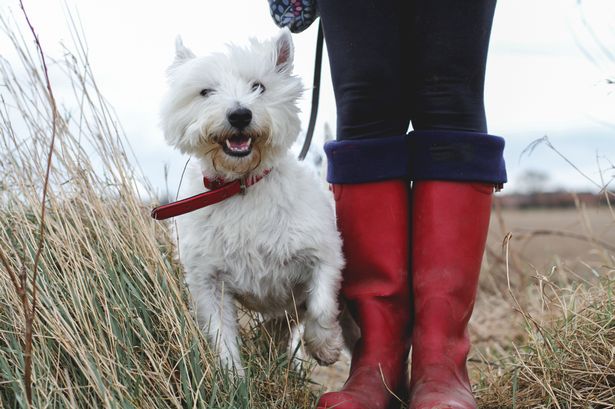Determining the ideal daily walk duration for your dog isn’t a one-size-fits-all equation. It hinges significantly on several factors including breed, age, energy level, health status, and individual personality. While there’s no magic number, understanding your dog’s specific needs is crucial for their physical and mental well-being. A general guideline suggests a minimum of 30 minutes of daily exercise for most dogs, but this can vary significantly. High-energy breeds like Border Collies, Huskies, and Australian Shepherds often require significantly more, sometimes upwards of two hours or more split into multiple walks, while less active breeds like Bulldogs or French Bulldogs might thrive on shorter, less strenuous walks. Assessing your dog’s individual requirements and adapting accordingly is essential to avoid potential health issues and behavioral problems.
Breed plays a significant role in determining exercise needs. Working breeds, bred for tasks requiring stamina and endurance, inherently possess higher energy levels and require more extensive exercise than toy breeds, which were primarily developed for companionship. For instance, a Siberian Husky, bred for sledding across vast snowy terrains, requires significantly more vigorous and lengthy exercise than a Cavalier King Charles Spaniel, bred for companionship and leisurely living. Understanding the historical purpose and inherent traits of your dog’s breed can provide valuable insight into their exercise requirements. Researching your dog’s breed characteristics can guide you towards an appropriate exercise regimen, ensuring they receive the physical and mental stimulation they need.
Age also significantly influences exercise requirements. Puppies, while bursting with energy, have developing bones and joints and should not be over-exercised. Short, frequent play sessions and walks are more beneficial than long, strenuous outings, which can risk injury. As dogs mature into adulthood, their exercise needs increase, aligning with their breed and energy levels. Senior dogs, however, often experience a decline in energy and mobility, requiring less intense and shorter walks. Adapting the exercise routine to your dog’s age is paramount to ensuring their health and well-being throughout their life stages. Regular veterinary checkups can help tailor an exercise plan suitable for your dog’s age and health condition.
Beyond breed and age, observing your dog’s behavior can offer valuable clues about their exercise needs. A dog that’s constantly restless, displaying destructive behavior, or exhibiting excessive barking might be signaling a need for more exercise. Conversely, a dog that quickly becomes fatigued during walks, lags behind, or shows signs of discomfort might be getting too much exercise or might have underlying health issues that require veterinary attention. Learning to interpret your dog’s body language and behavior is essential in fine-tuning their exercise routine and addressing any potential health concerns. Regular interaction and close observation can provide valuable insights into your dog’s well-being.
The type and intensity of exercise also matter. While a leisurely stroll might suffice for some dogs, others benefit from more engaging activities like running, hiking, swimming, or playing fetch. Varying the exercise routine can not only prevent boredom but also provide a more comprehensive workout, engaging different muscle groups and enhancing their physical and mental stimulation. Introducing new activities and exploring different environments can also enrich your dog’s life, providing opportunities for socialization and exploration. Consider incorporating activities that cater to your dog’s specific interests and abilities.
Finally, remember that exercise is just one aspect of a dog’s overall well-being. A balanced diet, proper grooming, regular veterinary care, and ample mental stimulation through training and playtime are equally important. Creating a holistic approach to care ensures your dog enjoys a happy, healthy, and fulfilling life. Regular interaction, training, and play contribute to strengthening the bond between you and your dog, creating a positive and enriching partnership. By understanding and responding to your dog’s individual needs, you can provide the best possible care and ensure a long, healthy, and happy life together. Don’t hesitate to consult with your veterinarian or a professional dog trainer to create a tailored exercise and care plan specifically designed for your dog’s unique requirements. They can provide expert guidance and address any specific concerns you may have about your dog’s health and well-being.














